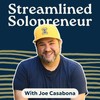
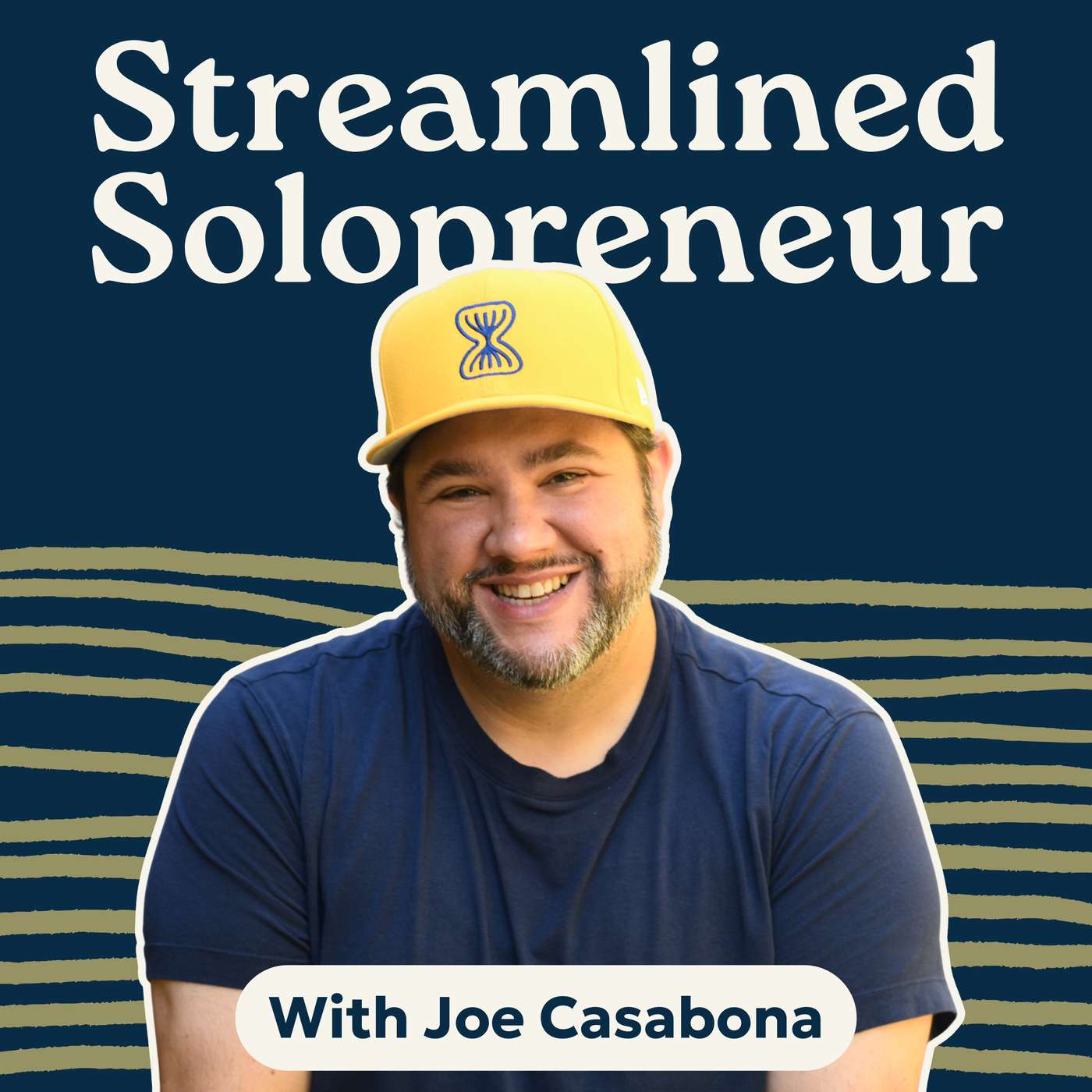
Streamlined Solopreneur: Tips to Help Small Business Owners Grow Without Burnout
Joe Casabona, Business Systems Coach
You started your business for freedom, not to be chained to your desk. I help small business owners grow without burning out through simple, powerful online automations.
On Streamlined Solopreneur you'll get real-world strategies, smarter workflows, and practical tools to help you reclaim your time and actually enjoy the freedom you set out to create.
Your host, Joe Casabona, is a seasoned technologist with over 25 years of experience. He's seen how the right systems can transform a business. But more than that, He's a teacher at heart.
His goal isn’t to overwhelm you with jargon, but to make complex ideas simple and give you an actionable plan you can actually use.
Because your business should support your life—not take it over.
Tune in every Monday, wherever you get your podcasts.
On Streamlined Solopreneur you'll get real-world strategies, smarter workflows, and practical tools to help you reclaim your time and actually enjoy the freedom you set out to create.
Your host, Joe Casabona, is a seasoned technologist with over 25 years of experience. He's seen how the right systems can transform a business. But more than that, He's a teacher at heart.
His goal isn’t to overwhelm you with jargon, but to make complex ideas simple and give you an actionable plan you can actually use.
Because your business should support your life—not take it over.
Tune in every Monday, wherever you get your podcasts.
Episodes
Mentioned books
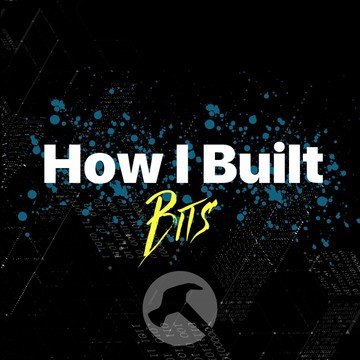
Jun 4, 2022 • 9min
Chris Coyier on being persistent
Chris Coyier is a man of many hats and has successfully started and sold websites, wrote books, and has a great tech startup. In today's bit, he offers some advice that is the key to his success.Listen to the entire episode at https://howibuilt.it/006Be sure to subscribe at https://howibuilt.it/subscribe This clip is brought to you by WP Wallet
Get your free Time and Tools Self-Audit at https://streamlined.fm/impact
★ Support this podcast ★
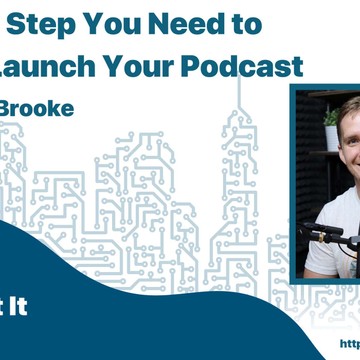
May 30, 2022 • 1h 5min
The First Step You Need to Take to Launch Your Podcast with Alban Brooke
What is stopping you from creating content? That’s the question that Alban Brooke and I set out to answer. But it didn’t start that way. I thought we’d talk about podcast stats and what creators can do to make money. But there is no making money if there is no content. So we get back to basics. And if you’re stuck, this is a conversation you need to hear.Top Takeaways:it’s really easy to see the end result you want: a book, a hugely popular YouTube channel, or a podcast with millions of downloads. But it’s not easy to get there.Instead, you need to find your niche. Fly a flag you’re deeply interested in and people will come. 80% of your addressable audience is better than 1% of the unengaged general population.The best path to making money is niching down, showing your expertise, and selling your product or service. Your podcast is a marketing tool.Show Notes:Alban BrookeAlban on TwitterBuzzsprout Global StatsApple Podcast Creators Will Soon Be Able to Access Follower MetricsWhy Gear is Least ImportantJoin the Creator CrewSponsored by: WP Wallet | Nexcess | LearnDash
Get your free Time and Tools Self-Audit at https://streamlined.fm/impact
★ Support this podcast ★
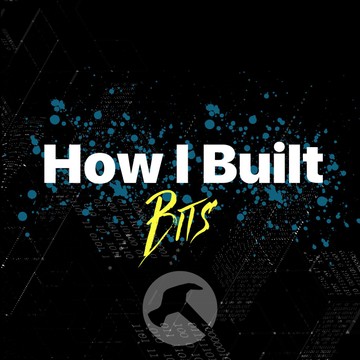
May 28, 2022 • 11min
Carrie Dils on building a community and doing your own dev work
Carrie Dils was building communities before it was cool. And was actually doing the building! In today's bit, Carrie tells us about how she built her podcast community and the pros and cons of doing your own dev work.Listen to the entire episode at https://howibuilt.it/005Be sure to subscribe at https://howibuilt.it/subscribe This clip is brought to you by WP Wallet
Get your free Time and Tools Self-Audit at https://streamlined.fm/impact
★ Support this podcast ★
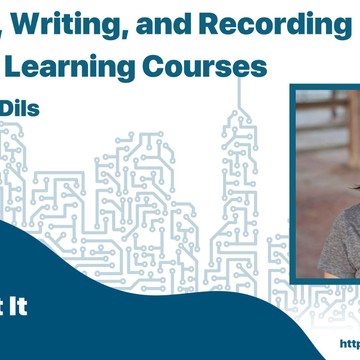
May 23, 2022 • 1h 3min
Pitching, Writing, and Recording LinkedIn Learning Courses with Carrie Dils
LinkedIn Learning is a force in the online course space, with hundreds of courses, millions of learners, and a well-oiled machine for putting out great content. I, along with today’s guest, Carrie Dils, are fortunate to be long-time instructors for the platform. I invited Carrie on to catch up, and I thought it would be fun for us to exchange notes on how we come up with ideas for, and then record, our LinkedIn Learning courses. In Build Something More, it gets even more fun as we talk about the courses we thought would do SUPER well but turned out to…well…not.Top Takeaways:Carrie and I both followed in the footsteps of people we learned from; if you have an appreciation for learning, teaching is a great next step!Carrie likes to pitch ideas for courses on topics she wants to know more about. In order to teach something well, you need to know it well!We both shared our love of recording in LinkedIn Learning’s campus booths. Having a stellar process, and the right environment for instructors is a big win. If you’re creating courses, the advice we share in this episode can help you figure out what works best for you.Show Notes:Carrie DilsCarrie on LinkedinCarrie on TwitterMorten Rand_Hendrikson on TwitterJoin the Creator CrewSponsored by: TextExpander | LearnDash
Get your free Time and Tools Self-Audit at https://streamlined.fm/impact
★ Support this podcast ★
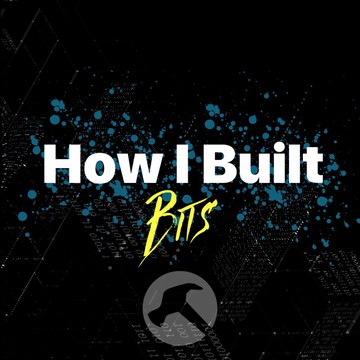
May 21, 2022 • 10min
Cory Miller on building a solution to solve your own pain point
Cory Miller dolled out so much great advice in Episode 4 that we're getting a twofer. He tells us about how one of iThemes' most popular products came out of solving a big problem they had. Then he tells us the importance of maintaining an email list.Listen to the entire episode at https://howibuilt.it/004Be sure to subscribe at https://howibuilt.it/subscribe This clip is brought to you by WP Wallet
Get your free Time and Tools Self-Audit at https://streamlined.fm/impact
★ Support this podcast ★

May 16, 2022 • 58min
Building a Personalized Email Newsletter That Works for You with Brennan Dunn
A few weeks ago we talked to Louis Nicolls about the importance of having a good newsletter that helps people — some targeted, educational resource. Brennan Dunn knows a thing or two about that and has built an empire around segmentation and personalization. The last time he was on the show, we talked about Right Message. Today, we talk to him about email templates and newsletter strategies that we can implement with his new tool, Palladio.Top TakeawaysBrennan equates emails to sales pages multiple times. Yes, they are a great way to establish trust and be a resource for subscribers...but we also want them to stand out and make them memorable for when we need to sell.Instead of doing educational emails, pausing them and doing a sales sequence, Brennan recommends mixing in targeted sales messages through your emails. This allows you to show helpful resources at a time the subscriber is ready to buy...making it a win/win for both of you.Evergreen, or “Shadow” newsletters as Brennan calls them, are a great way to build a resource, be consistent with your newsletter, and focus on other tasks around marketing or building your list.Show NotesBrennan Dunn | Brennan on TwitterPalladioCreate and Sell NewsletterCaboPressHow to Actually Sell to Your Email List with Samar OwaisBuilding a Newsletter People Will Actually Read (and Recommend) with Louis NichollsJoin Creator Crew for ad-free, extended episodes.Sponsored by: WP Wallet | LearnDash
Get your free Time and Tools Self-Audit at https://streamlined.fm/impact
★ Support this podcast ★
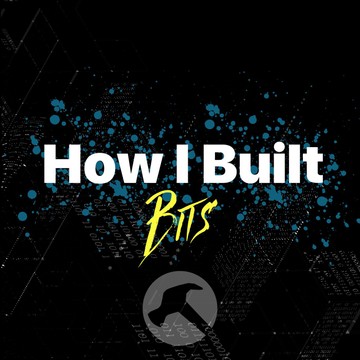
May 14, 2022 • 16min
Brian Krogsgard on determining membership benefits and preventing churn
When you have a membership or subscription, your goal is to prevent churn, or people leaving. The best way to do that is to deliver value. But it's also a matter of how often you ask your subscribers to evaluate the value they get. Here's what Brian Krogsgard recommended.Listen to the entire episode at https://howibuilt.it/003Be sure to subscribe at https://howibuilt.it/subscribeThis clip is brought to you by WP Wallet
Get your free Time and Tools Self-Audit at https://streamlined.fm/impact
★ Support this podcast ★
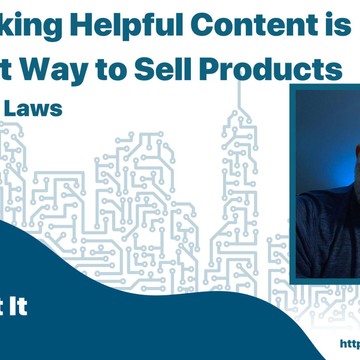
May 9, 2022 • 1h 10min
How Making Helpful Content is the Right Way to Sell Products with James Laws
Most people who start a business hate it when they get away from the actual work and move towards managing — the business and the people. But not James Laws. James has started several successful businesses and his favorite part is building the culture, ensuring employees are happy, and ultimately making sure everyone feels fulfilled…so much so that he wants to help more founders do just that. And he plans to, with tools, software, coaching, and more. But that’s a long game. It all starts with his podcast. Tune in to learn how James is using his podcast and blog to establish authority, build an audience, and learn about this new field.Top Takeaways:Building an audience in a brand new space is hard! You need to essentially learn the “rules” of the field and play by them to gain a following and trust.If you’re trying to establish expertise, but do interviews, think of them as exchanging notes to help establish authority while also getting perspective.The first step to making money with your content is to build an audience so that you share future endeavors with them. The key is to solve their problems with your free content...then you’ll understand them (and vice versa) making your paid products worth it for them.Show Notes:James LawsJames on TiktokJames on TwitterJoin the Creator CrewSponsored by: Nexcess | TextExpander | LearnDash
(00:00) - Hey Everybody!
(03:19) - Creator Toolkits
(04:15) - Welcome, James!
(09:10) - Side Quest: Joey and Jamie
(12:15) - Managing Multiple Brands
(14:28) - Side Quest: The Boston Accent
(16:07) - In Office vs. WFH
(24:56) - Building Ciircles.com
(28:25) - Side Quest: Movies
(31:32) - Defining a Niche Outside of WordPress
(39:02) - Side Quest: Jerry Springer
(42:17) - Building a New Audience with TikTok
(47:08) - Making Money with Content
(56:05) - Quick Recap
(01:01:39) - Trade Secret
(01:07:56) - Find James and Sign Off
Get your free Time and Tools Self-Audit at https://streamlined.fm/impact
★ Support this podcast ★
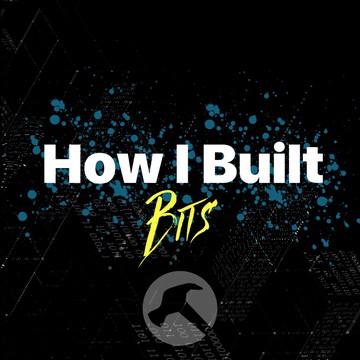
May 7, 2022 • 12min
Rebecca Gill on Researching, validating, and launching an online course
Too many people decided they want to make an online course, spend 6 months making it, and launch to crickets. Rebecca Gill knew better, and her advice from Episode 2 can save you a ton of time (and heartache).Listen to the entire episode at https://howibuilt.it/002Be sure to subscribe at https://howibuilt.it/subscribeThis clip is brought to you by WP Wallet
Get your free Time and Tools Self-Audit at https://streamlined.fm/impact
★ Support this podcast ★
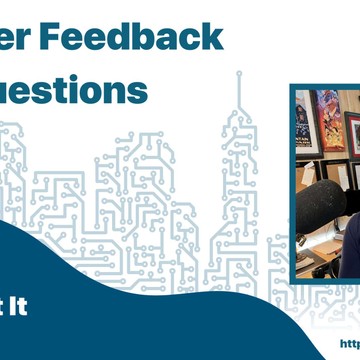
May 2, 2022 • 44min
Listener Feedback and Questions
It’s the first-ever feedback episode! I read a couple of reviews — one good, one bad, and how I’m adjusting — and then answer listener questions. It’s a fun episode! We cover getting started in content creation, growing your audience, configuring a Stream Deck, and podcast interviews.Show Notes:My Live Stream KitMy Stream Deck blog postMy Stream Deck videoA specific use case for launching appsMasters of DoomFeedbackJoin Creator CrewSponsored by: WP Wallet | Nexcess | LearnDash
Get your free Time and Tools Self-Audit at https://streamlined.fm/impact
★ Support this podcast ★


